
The Worlds of Splendors

The Worlds of Splendors
Event details

⚠️The exhibition has been extended to June 7.
👉 Book in Advance (TEL: 4000630260)
👉 Receive E-ticket via Email
👉 Collect Paper Tickets @ Venue
👉 No Cancellation
Running through December 22, “The Worlds of Splendors” at the Guardian Art Center in Beijing, is a dazzling experience of Chinese aesthetics and philosophy.
Preparation for the exhibition has taken two years and nearly 10 million yuan (US$1.5 million) has been spent, with much of the work falling to Blackbow.
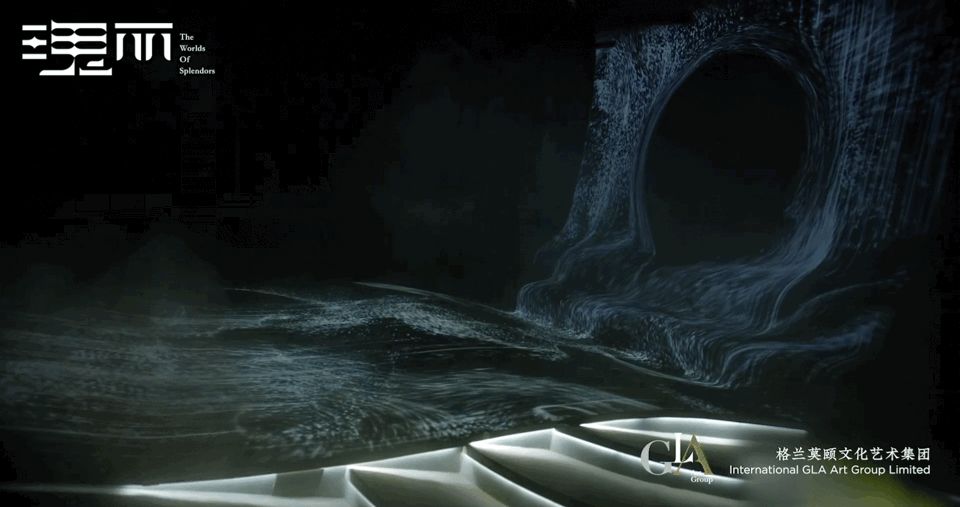
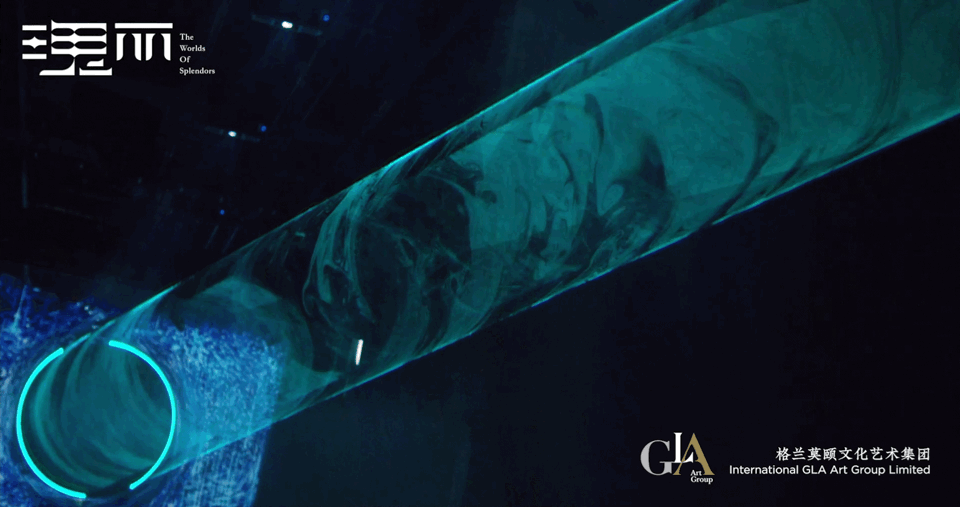
Founded in 2010, Blackbow is an international team of visual artists, writers, software engineers, mechanical engineers, designers and advertisers.
The group found overnight fame at the closing ceremony of 2018 Winter Olympics in Pyeongchang through the “Beijing Eight-Minute Show” directed by Zhang Yimou. Zhang, who also directed wuxia films “Hero,” “House of Flying Daggers” and “The Great Wall,” is regarded as one of the most breathtaking visual stylists of our time.
Today Blackbow is Zhang’s exclusive new media team.
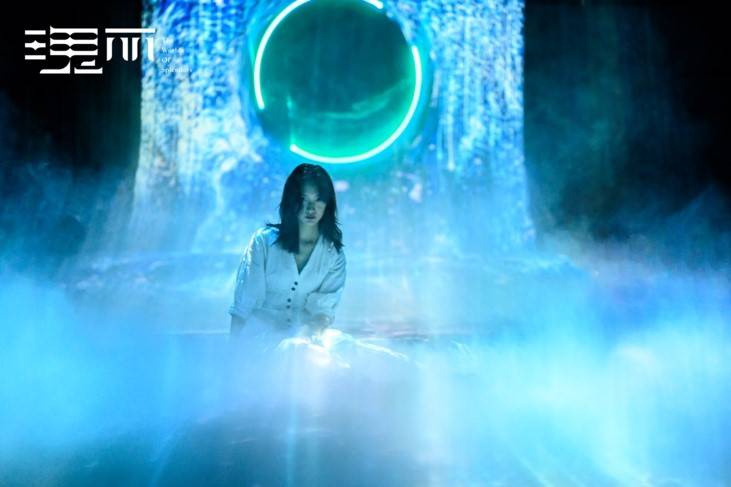
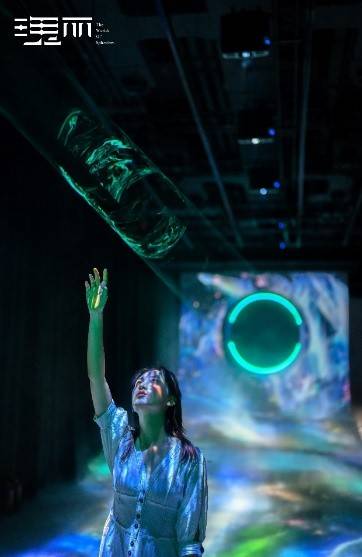
“We focus on the endless possibilities of art plus science and technology,” said Wang Zhou, founder of Blackbow.
Similarly to teamLab which borrows heavily from Ukiyoe — a genre of Japanese art depicting subjects from everyday life which flourished in the 17th-19th centuries — Blackbow uses themes from Chinese classic art in “The Worlds of Splendors.”
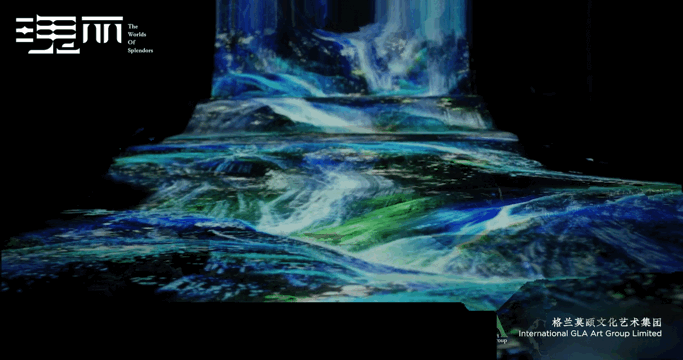
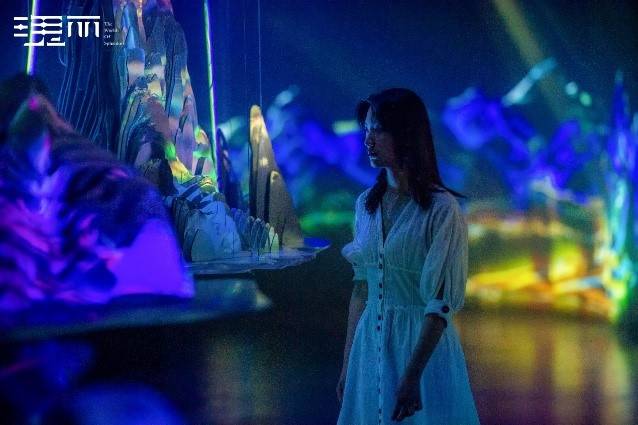
On entering the darkened exhibition hall, visitors are immediately rapt by “A Thousand Li of Rivers and Mountains,” a tribute to one of the most important pieces of Chinese fine art, created by the 18-year-old Wang Ximeng in 1113.
The digital work tries to recreate the feel of the original scene through shimmering light and shadows in varied hues.
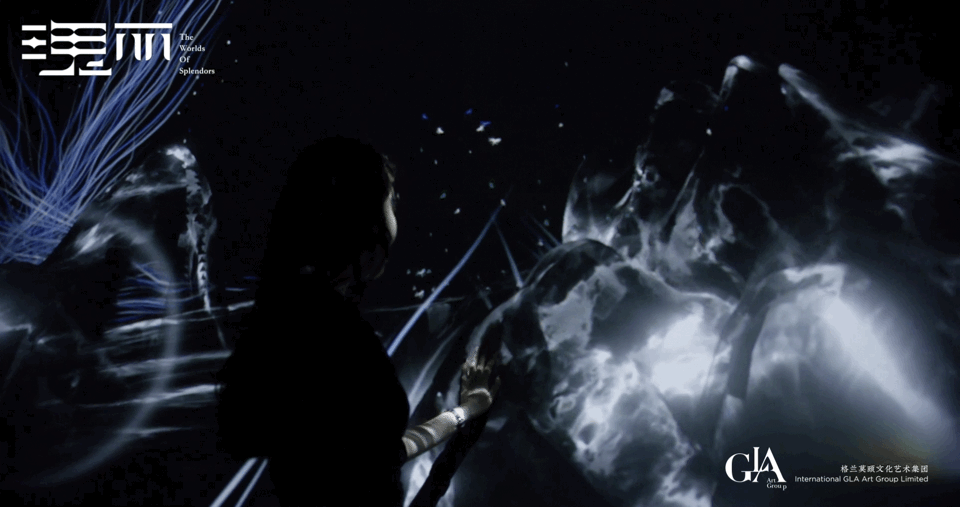
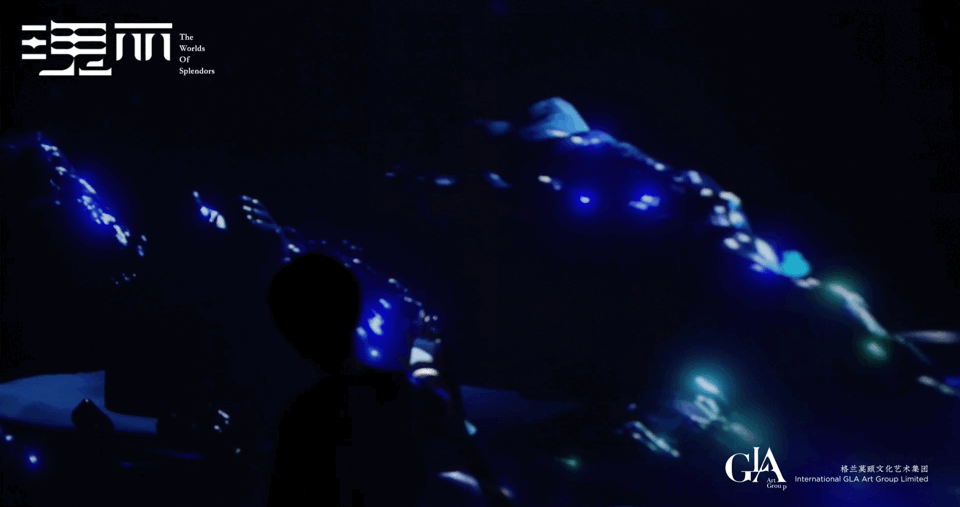
A sierra of small crystal mountains sits on a long table in the centre of the hall. The dim light cast on the crystals vaguely outlines the shape of the mountains. The scattered light on the floor and floating digital clouds above give the impression of walking through “a thousand li (a thousand miles).”
Likewise, the classic “Luoshen Fu (Rhapsody on the Luo River Goddess)” is the inspiration for another work.
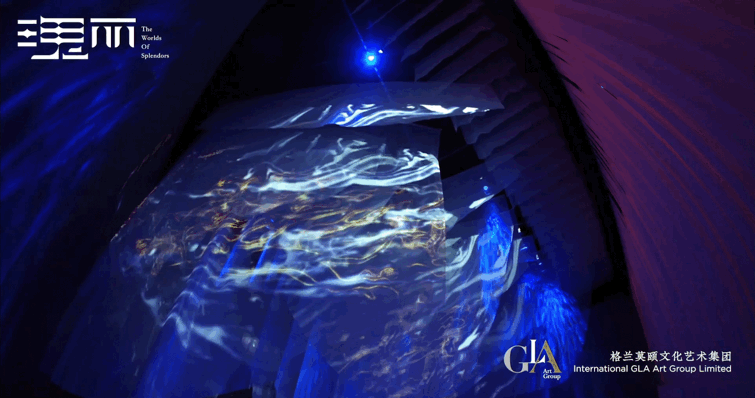
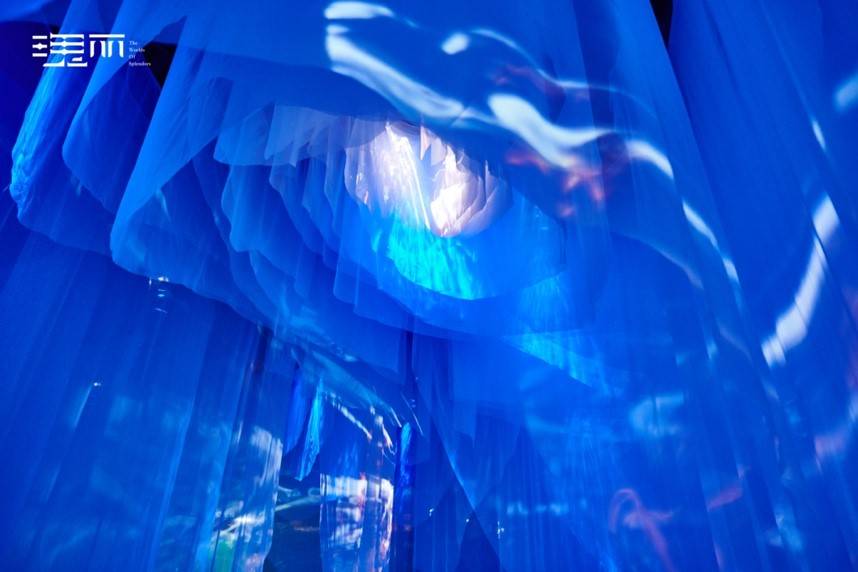
Written by Cao Zhi (192-232), the rhapsody tells of a beautiful yet ultimately tragic love story between a human and the goddess. Calligrapher and painter Gu Kaizhi (348-409) created a scroll painting (now lost) on silk based on the story. The existing copy of the painting is a reproduction from the Song Dynasty (960-1279).
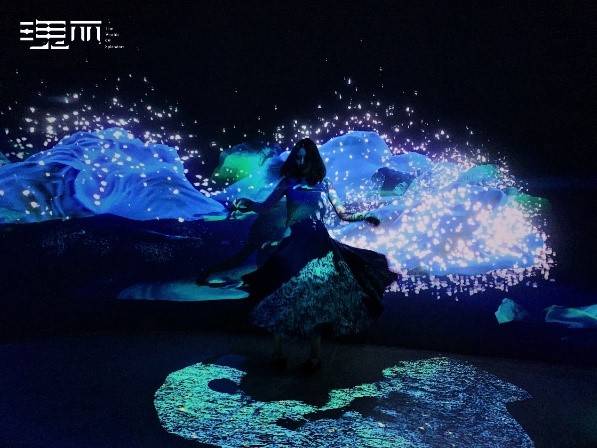
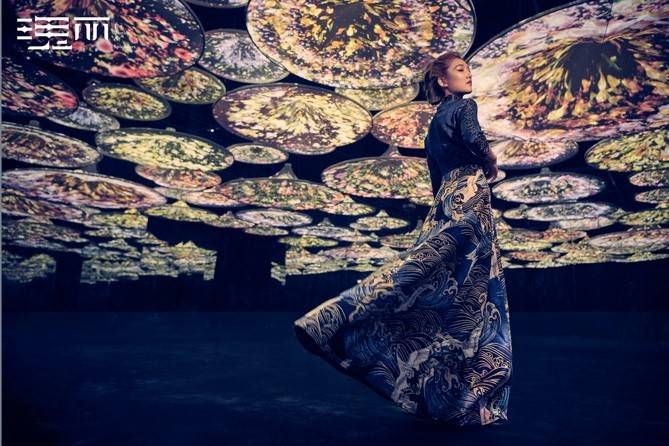
Here and now, through technology, the Goddess of Luo is brought to life. Long white strips of paper hanging from the ceiling with calligraphy by Gu Kaizhi, leaving only a narrow path for visitors to enter this doleful world. At the end of the path, a dancer performs as the goddess.
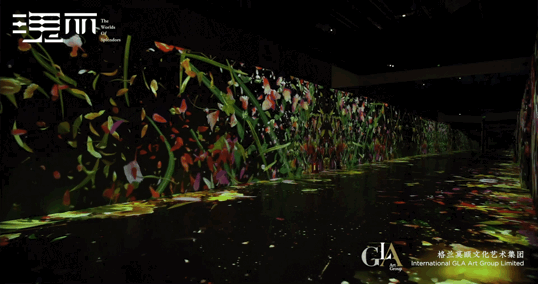
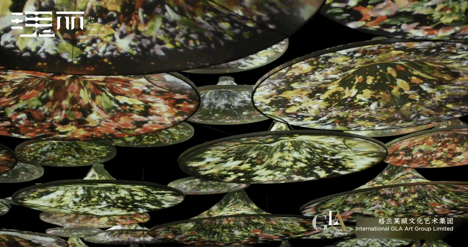
There are other pieces based on patterns and shapes emerging from ancient ink-wash paintings.
“At the Deepest Part of the Blossom” evokes the idea of blossoming, fading and withering through images of plants projected on the walls. Visitors can touch a screen to see the work complete the elegant cycle of nature and life.
Notice
Dates: 2019.12.22 - 2020.06.07 (Closed on Mondays)
Opening Hours: Tue. - Sun. @ 10:00 - 18:00 (Last Admission 17:00)
Price:
- ¥88 Early Bird Ticket
- ¥128 Standard Ticket
- ¥168 VIP Ticket
- ¥98 Child/Student/Senior Ticket (Child: Height 1.2m - 1.5m)
- ¥98 Evening Ticket (Mon. - Thu. @ 18:00 - 19:00, Fri. - Sun. @ 18:00 - 21:00)
- ¥208 Family Ticket (1 adult + 1 child)
- ¥268 Family Ticket (2 adults + 1 child)
VIP Ticket includes priority entry plus a tea experience or a sound card experience.
*Free admission for one child under 1.2m when accompanied by an adult with a ticket.
The 58th International Art Exhibition La Biennale di Venezia
The Worlds of Splendors

Follow our WeChat for event news, deals, gossip and more!
The Worlds of Splendors


 Add us on WeChat to speak to our friendly customer service team! ID: Tickets247Tickets
Add us on WeChat to speak to our friendly customer service team! ID: Tickets247Tickets